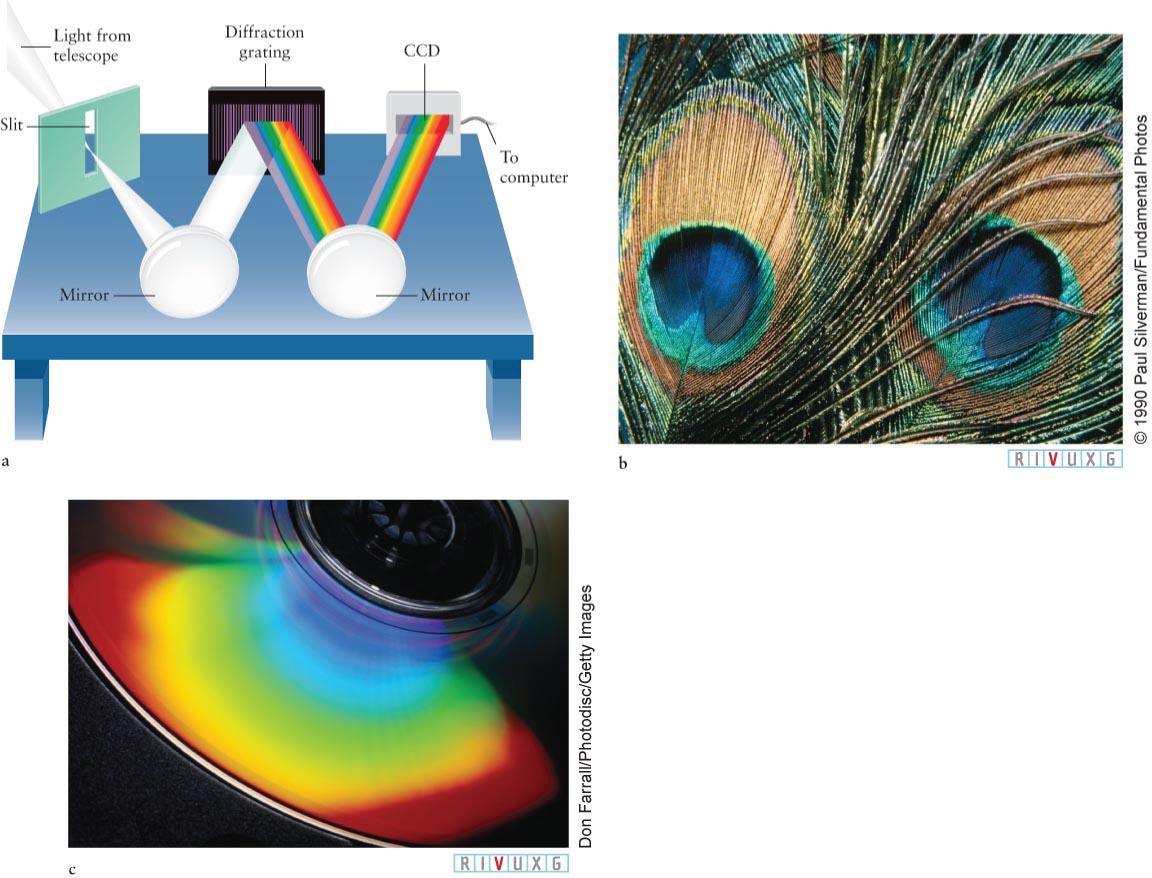
Figure 3- n- s—